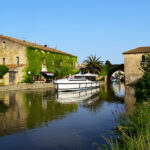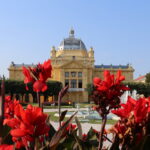by Kelley Ferro
Porsche? Nutcrackers? Harmonicas? Bach? I had no idea that Saxony, a free state in Germany, had so much going on! It wasn’t until my chat with Shireesh Sharma at the USTOA conference this past December that I realized the variety of types of art flourishing in a relatively small part of the world.
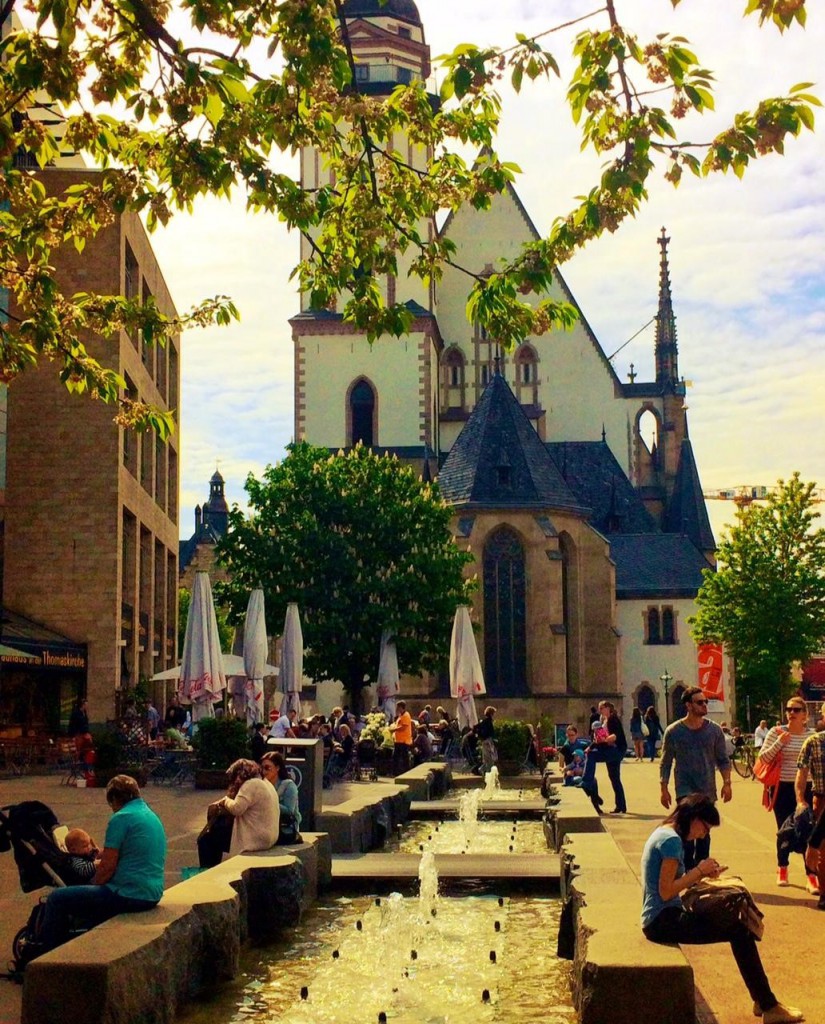
Saxony is a term often synonymous with Dresden, and after seeing this capital city, it makes total sense. Dresden, the home of a long line of royalty, hugs the Elbe River and boasts a majestic baroque skyline. However, Leipzig, the quieter sister of Dresden, captured me even more. Located on medieval trade routes in the time of the Roman Empire, Leipzig was a powerful city with renowned cultural importance back in the day. The home of Johann Sebastian Bach, Felix Mendelssohn, Martin Luther, Johann Wolfgang von Goethe (and the list goes on), Leipzig is more than familiar with the arts. This city was built upon it. Bach composed in St. Thomas Church in the city center, Goethe’s Faust 1 was inspired by the city’s historic wine bar Auerbachs Keller, and Mendelssohn performed at the Leipzig Gewandhaus Concert Hall. And today, this city still pulsates with artistic energy. My independent tour with Avanti Destinations brought us to this city to experience the younger side of Saxony…and I’m sure glad that they did. Just walking the streets, I could feel and hear the buzz. Galleries, art schools, street performers…the past, present and future of art all blended together.
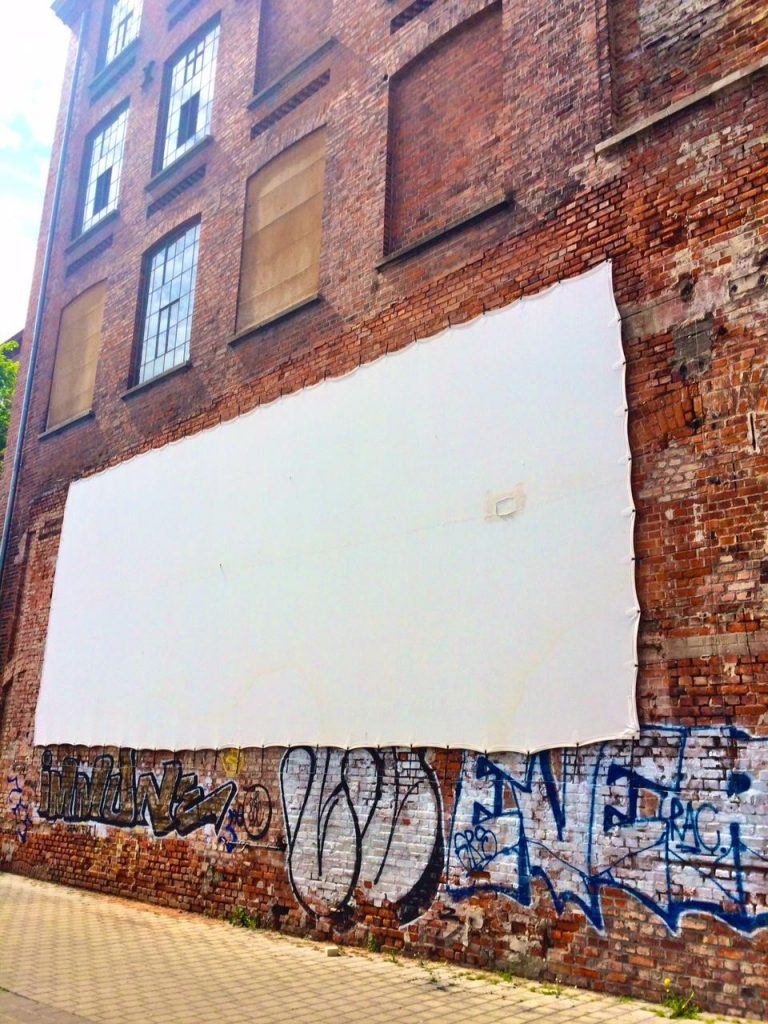
To me, nothing exemplifies Leipzig’s place in art more than the Spinnerei, officially named Leipziger Baumwollspinnerai. This 1884 cotton mill was one of the largest in Europe, producing five million kilograms of yarn in a single day. To accommodate that level of production, the mill had to be large, and I mean LARGE. It’s hard to comprehend the scale until you see it yourself but I can understand why it was dubbed a “city within a city.”
The factory compound spans several blocks complete with brick warehouses that previously housed spinning rooms, production halls, worker housing, and even a fire brigade. Now, these same buildings sport cracked windows, graffiti walls and ivy covered entrances. Eerily quiet on a Friday morning, from the outside, Spinnerei could be confused with a forgotten factory but inside, the darkened hallways told a very different story.
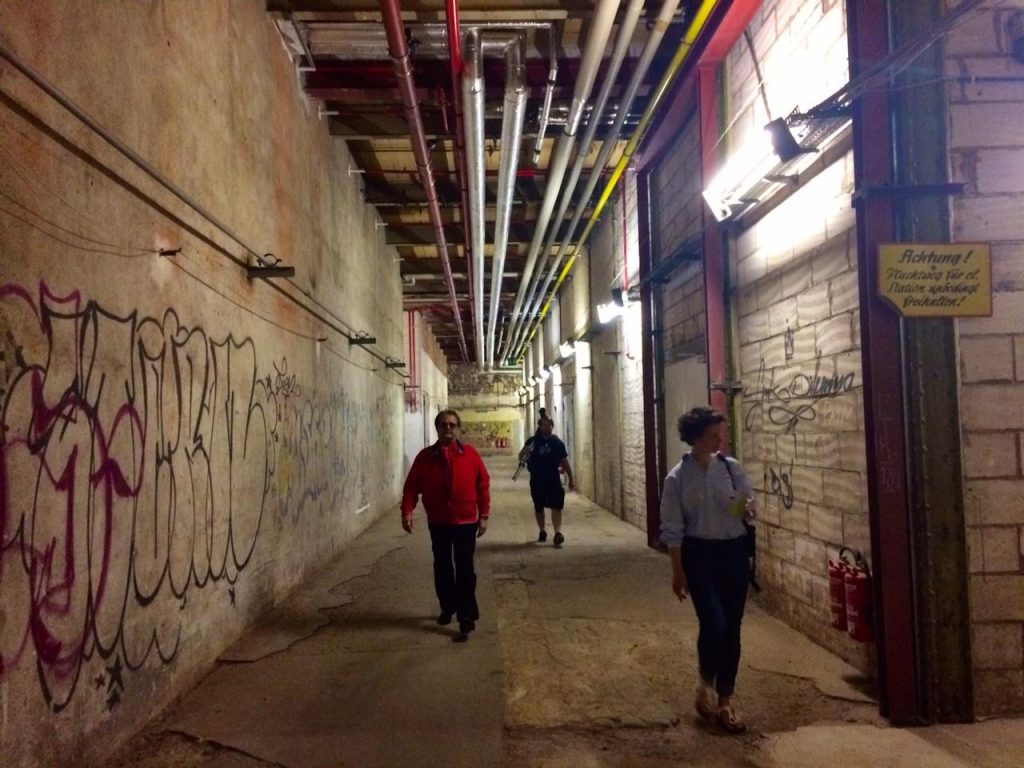
“Most of the artists are sleeping,” Michael from the Information Office chuckled, as he led us inside one of the buildings.
After the Wall fell, Leipzig lost some of its former glory as an industry hub and places like the Spinnerei shut their doors. However, in 1994, the Spinnerei was reinvented. Local artists saw these massive, unoccupied spaces as the perfect location to set up shop, literally.
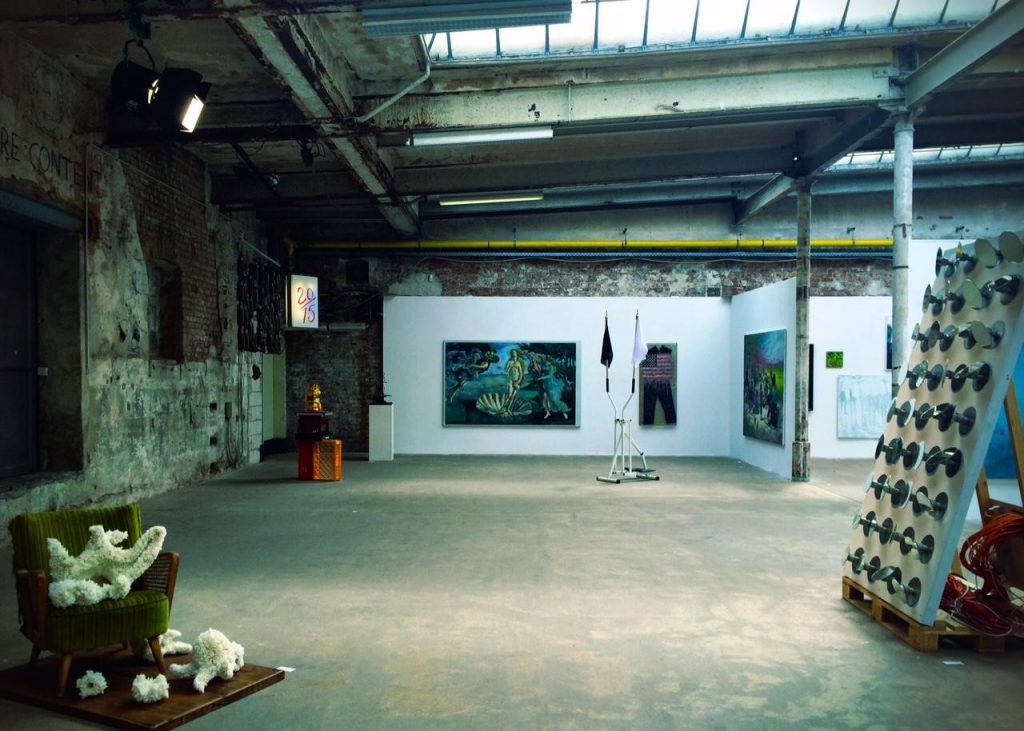
More than 100 artists have since filtered in and set up studios in the past 20 years and now the buildings have a new purpose. They are home to working studios, indie cinemas, galleries, cafes, rental apartments and more. There’s a one-stop-shop art supply store so the artists have access to all the materials they need. Even an underground bar and weekend nightlife scene has sprung up through this new artist “city.”
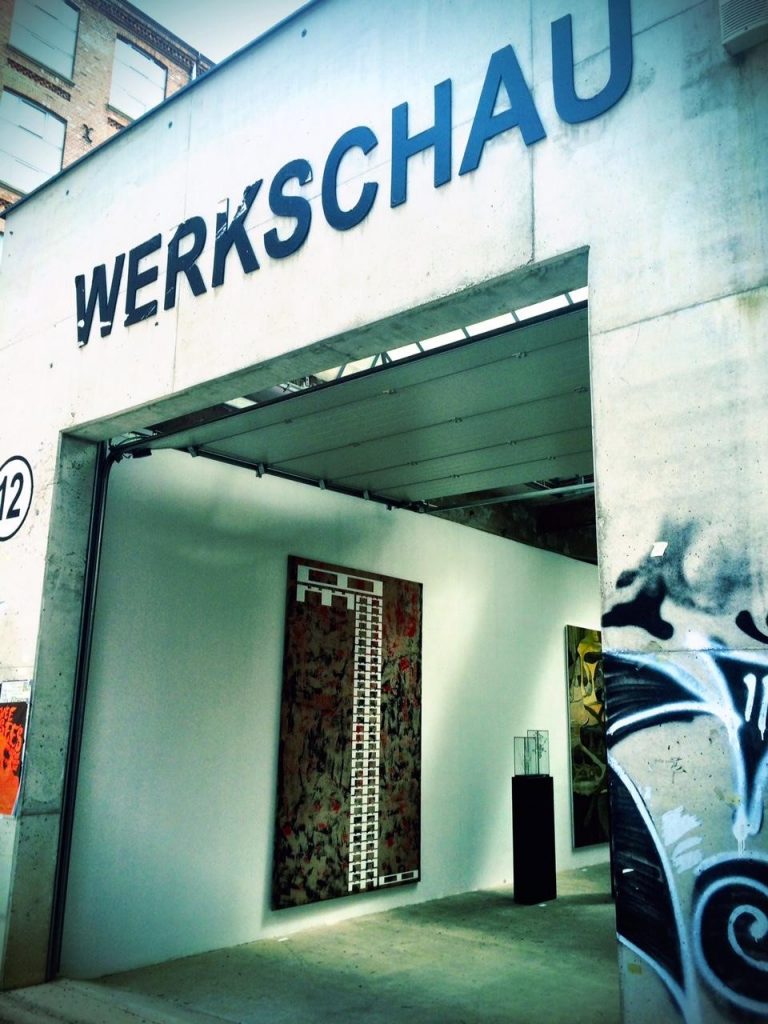
With 11 galleries, artists are getting exposure and many are selling their works to the curious public. One gallery in particular, Werkshau, displayed just one piece of work contributed by every artist at the Spinnerei. One corner had a 20×20 foot oil painting, around the other bend was an alleyway with a projector screening a video montage that reminded me of The Ring (art is subjective right?). In the middle of the space, I found myself moved by three human figures with fox faces, carved out of wood. Still there were more portraits, photography and installations, some of which incorporated movement, sound and light. And all these were produced by current Spinnerei artists, who were likely creating somewhere in the Spinnerei at that very moment.
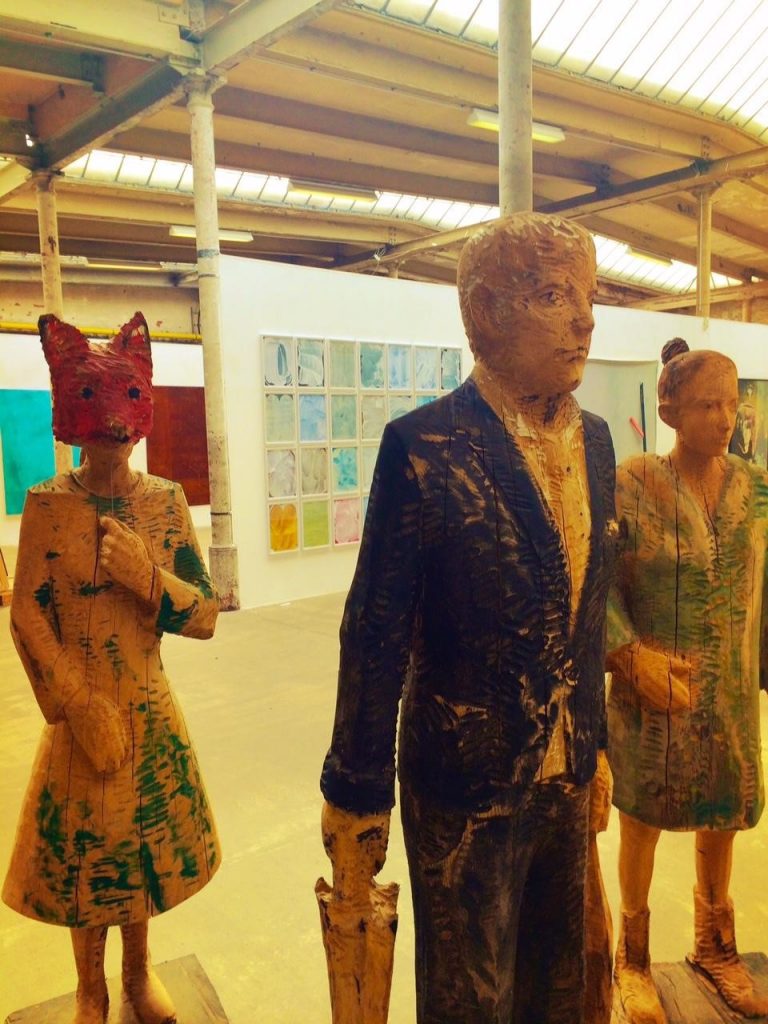
Michael took us up to LIA, an artist in residency program where young artists from all over the globe come to collaborate, learn and make art, all while living in their own studio. They sleep, create and exhibit all in the same place. Luckily, our interviewee was awake when we knocked on her studio/home.
Kylie Lefkowitz is a multi-media artist from New Jersey and she’d been living in this large one room studio for the past 4 months. Her bed was tucked off in the corner featuring a James Franco calendar, piles of clothes and scattered art supplies on the floor, not unlike a typical college dorm room. The rest of the space was her exhibit…she was truly living her art. I liked how Kylie focused on words: messages, thoughts, musings and phrases that she expressed via all types of media. Each piece definitely made me think and feel.
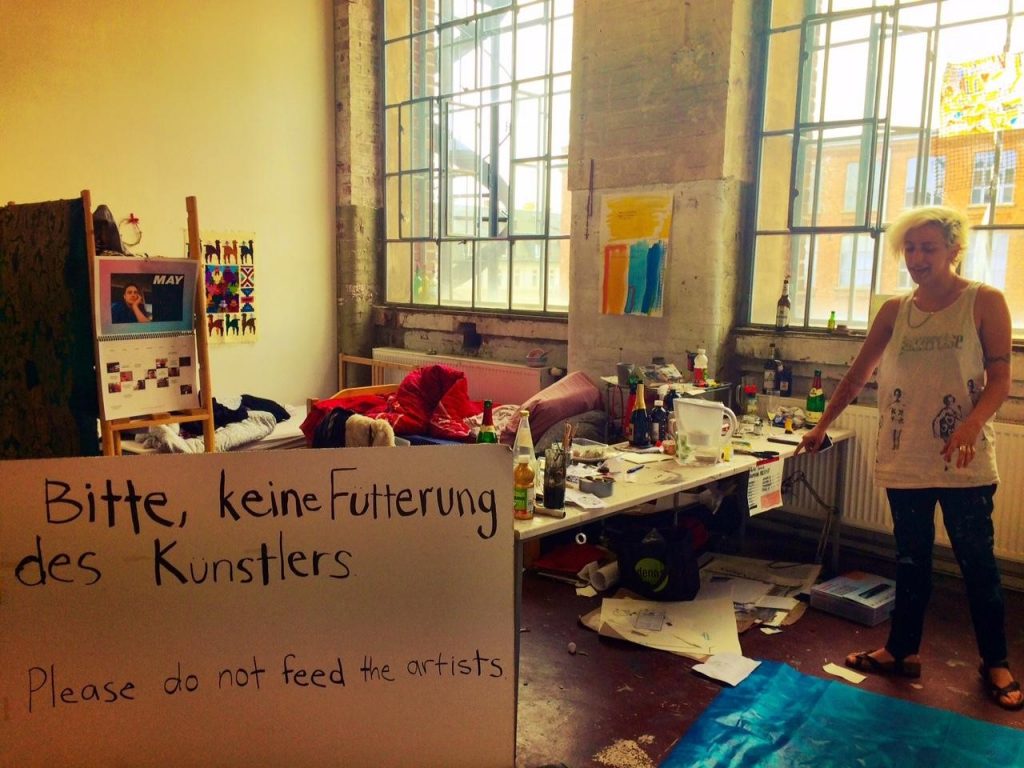
We interviewed her as she swung on her hammock, telling us about living in Leipzig, being a part of LIA and calling this studio home – all with unbridled exuberance. We could have talked with her all day. Her candid stories were fascinating and it was through her that we realized just how impactful the Spinnerei really was and how it played a big role in Leipzig.
Some artists here use it as a workshop, a great studio space, she told us. The galleries draw large crowds, some of which are buyers. Other artists use the Spinnerei as a place to collaborate and be inspired. With so many artistic minds in one spot, it’s only natural for partnerships and co-working to take shape.
Walking out of her studio, down a hall that looked like it could be in a horror movie, I realized that so much of the charm of the Spinnerei was how it hasn’t been changed or commercialized. The rusty freight elevators creakily opened out onto dimly lit*, empty hallways. But behind the doors, around the corners, down the passageways were bright studios, natural light flooding in and art flooding out.
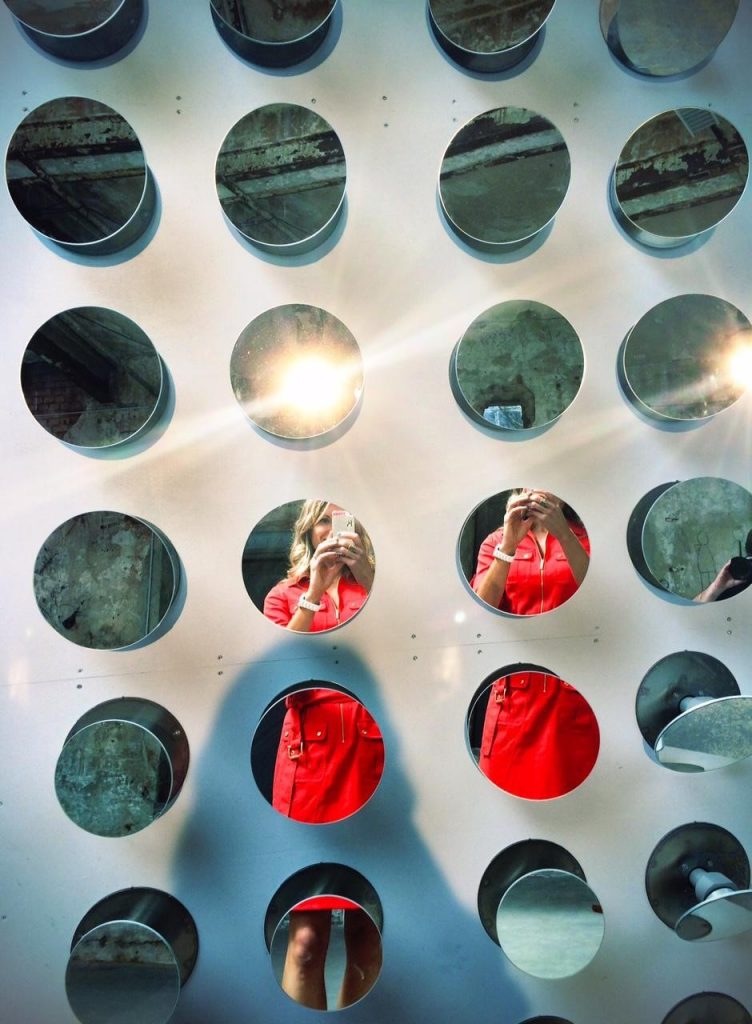
The Spinnerei hasn’t tried to cover or clean up it’s past. It embraces what it used to be; it preserves it and celebrates it. It allows art to spring up like weeds around the broken buildings, infusing them with new life. Yesterday’s artistic greats of Leipzig still hold the torch of some of the most monumental developments in the art and music world, but what is keeping Leipzig fresh, thought provoking and current, is what is happening at the Spinnerei.
This is a microcosm of what has happened in Saxony. It is a rebirth, a new beginning.
Leipzig might be most famous for its artists of the past but it is the artists of today that are taking Leipzig’s art scene into the future.
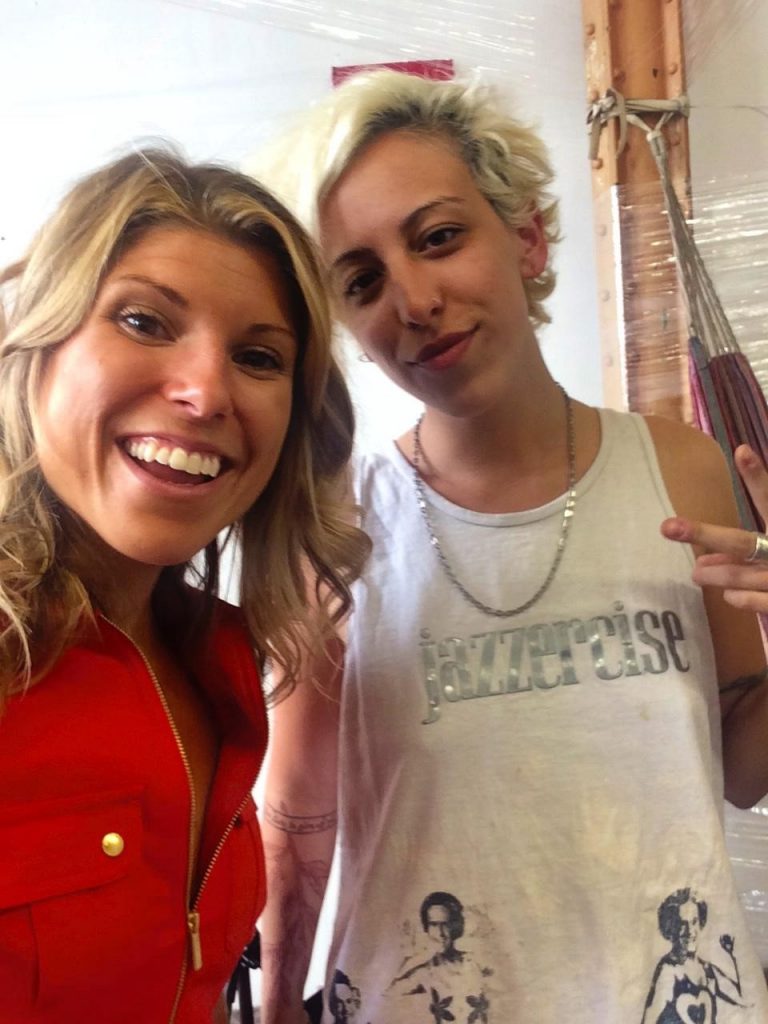
Author’s Note: I later learned the “dimness” was because the Spinnerei is a GREEN facility.
Kelley Ferro is a travel expert & video journalist living in NYC. She films her show, Get Lost, around the world–hopping on a plane at least twice a month She is also the executive producer for Tripfilms.com. For more on her travels, follow Kelley’s Facebook page.
Posted in:
